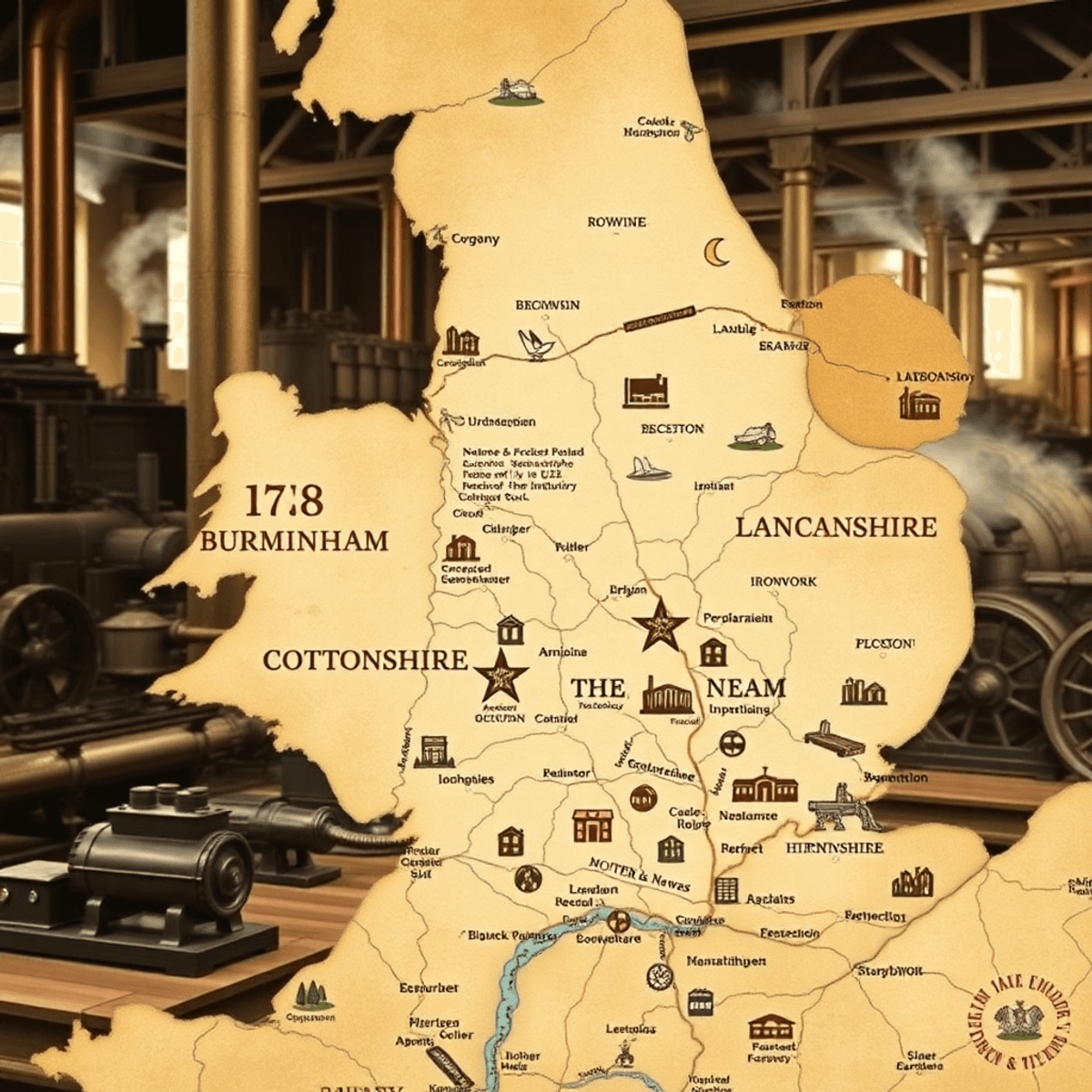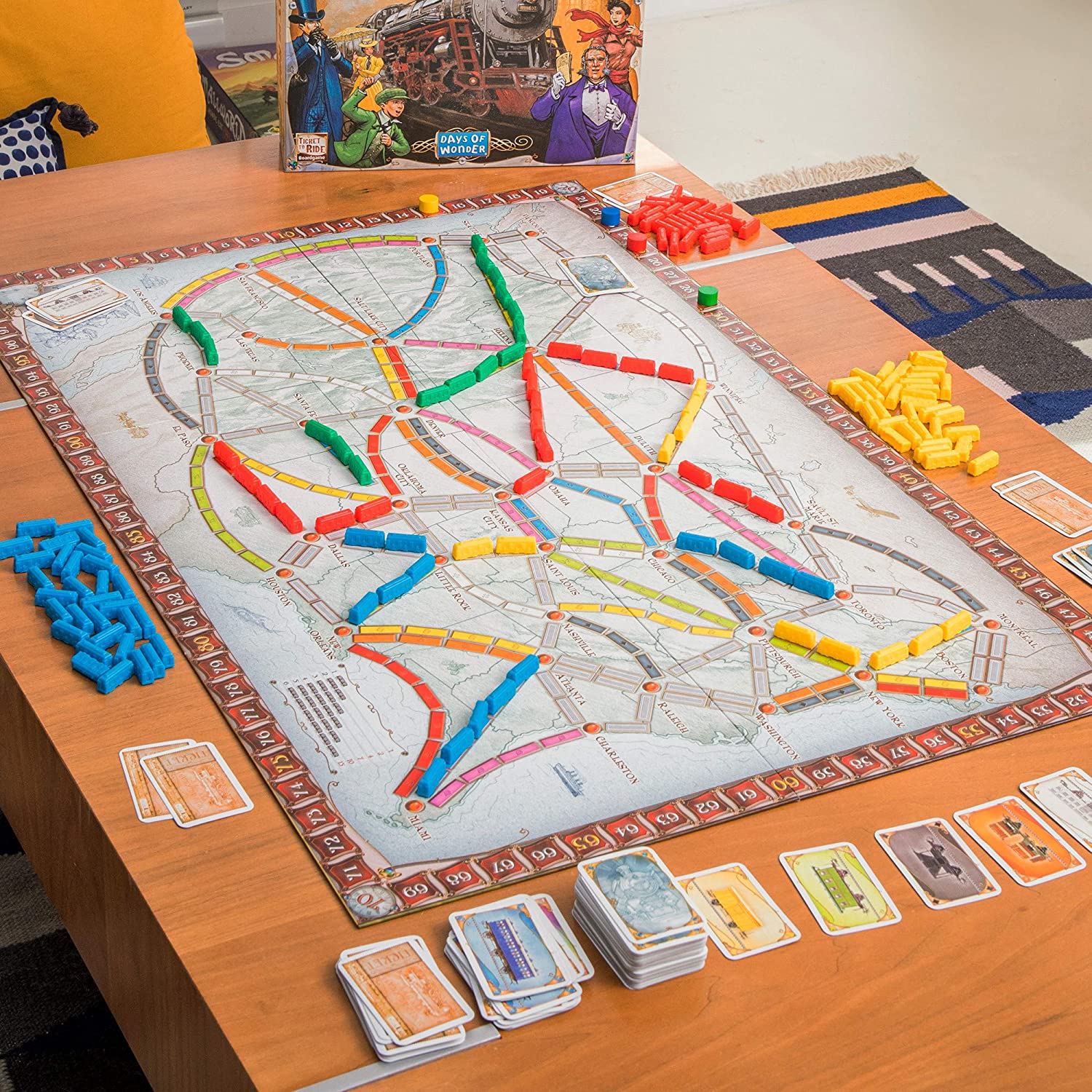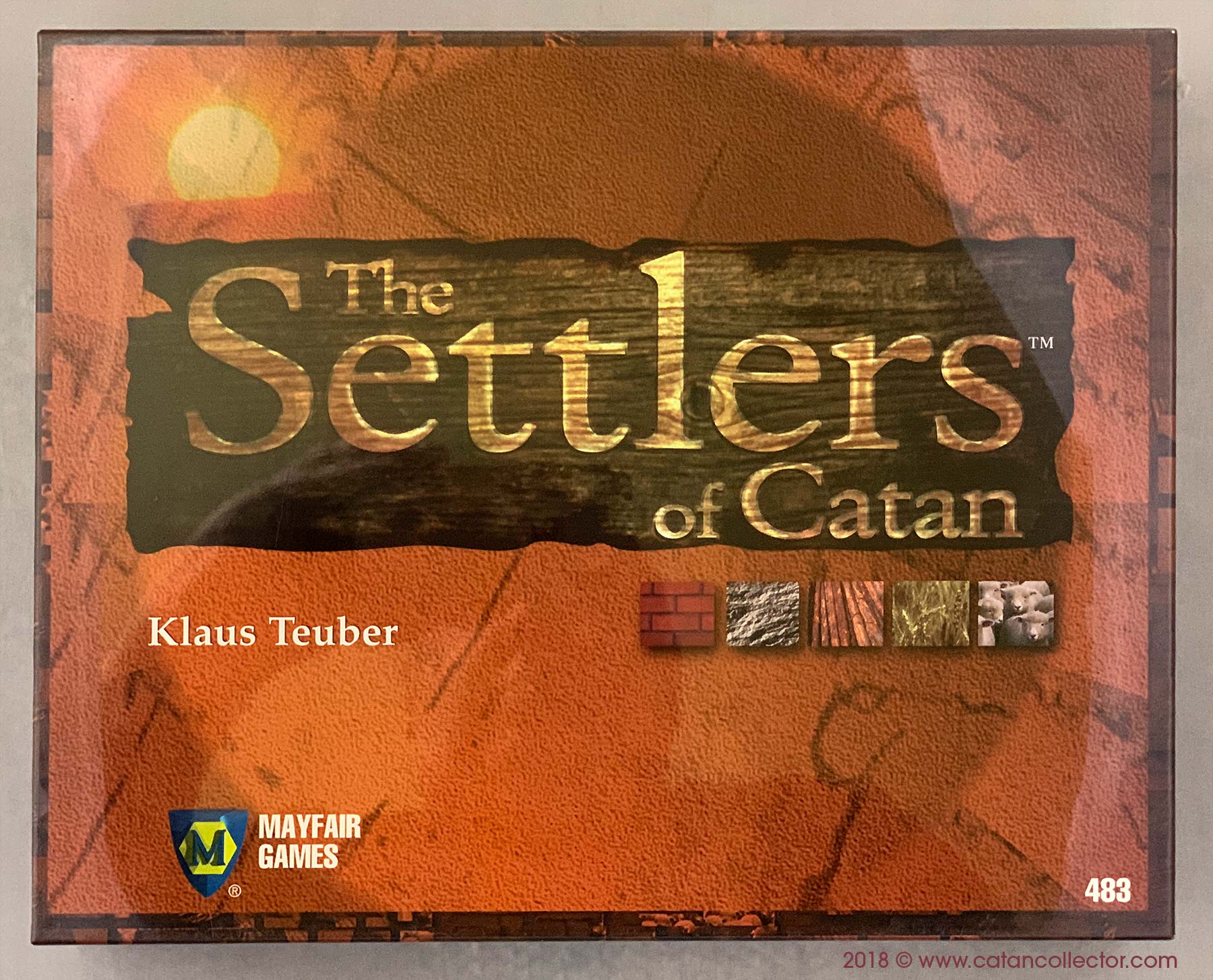
In the vibrant world of tabletop gaming, Eurogames are a testament to the power of strategic thinking and elegant game design. These German-style board games prioritize skill, planning, and resource management over chance, creating experiences that challenge players’ minds while fostering social connections.
This exploration delves into the rich history of Eurogames, tracing their evolution from traditional European pastimes to the sophisticated strategy games that captivate millions today.
The impact of Eurogames on modern gaming culture is profound. From bustling board game cafes to international tournaments, these games have transformed casual gatherings into strategic battlegrounds where victory depends on careful decision-making rather than lucky dice rolls.
The story of Eurogames is a fascinating journey through gaming history, marked by innovative designers, groundbreaking mechanics, and a shift in how we perceive tabletop entertainment. From their humble beginnings in 1980s Germany to their current status as global phenomena, these games have:
- Redefined player interaction in board games
- Introduced sophisticated resource management systems
- Created new standards for game design and mechanics
- Built inclusive gaming communities worldwide
The Origins: Traditional Games and the History of Eurogames
European board gaming has a long history, shaped by different cultures over many years. Ancient strategy games such as Chess, which originated in India and became popular in medieval Europe, set the stage for modern strategic thinking in games. The elegant simplicity of Go, spreading from Asia to Europe, introduced players to concepts like territorial control and positional strategy – ideas that would later become fundamental in Eurogames.
These traditional games had important features that would later define the Eurogame genre:
- Skill was more important than luck
- There were deep strategic elements
- The rules were clear and structured
- Players were not eliminated from the game
The 1980s marked a significant change in German gaming culture. The Spiel des Jahres (Game of the Year) award was established in 1978, which sparked a creative revival among German game designers. During this time, groundbreaking titles such as:
- Rummikub (1980) – Combining traditional card mechanics with modern strategy
- Scotland Yard (1983) – Introducing cooperative elements
- Bausack (1987) – Focusing on spatial reasoning and resource management
German designers began creating games that emphasized:
- Social interaction instead of conflict
- Managing resources
- Having multiple ways to win
- Balancing mechanics that kept all players involved
As these unique design philosophies spread beyond Germany, the term “Eurogame” naturally came into use within gaming communities. Cities like Essen became hubs of board game innovation, hosting influential trade fairs that showcased new designs and connected creators with enthusiastic players.
Evolution of Strategy Board Games: From Simple Mechanics to Complex Designs
The transformation of Eurogames from basic rule sets to intricate strategic experiences marks a fascinating chapter in board gaming history. Early Eurogames featured straightforward mechanics like set collection and tile placement, seen in classics such as Ticket to Ride. Modern designs now incorporate multiple layers of strategy, resource management, and player interaction.

The Impact of Influential Designers
Game designer Klaus Teuber revolutionized the industry with Settlers of Catan, introducing:
- Dynamic board layouts
- Resource trading mechanics
- Multiple victory paths
- Player-driven economies
Reiner Knizia, with a Ph.D. in mathematics, brought mathematical precision to game design. His creations like Through the Desert and Modern Art demonstrate elegant mechanics wrapped in thematic elements. Knizia’s influence sparked a trend toward games that balance complexity with accessibility.
Emergence of Distinct Subgenres
The evolution of strategy board games has birthed distinctive subgenres:
- Worker Placement Games: Players strategically assign limited resources
- Deck Building Games: Strategic card acquisition and management
- Area Control Games: Territorial influence and management
- Engine Building Games: Creating self-sustaining resource systems
Modern Eurogames blend these mechanics with rich themes. Terraforming Mars exemplifies this evolution, combining scientific accuracy with deep strategic gameplay. Players manage resources, build economic engines, and adapt to changing board states while pursuing multiple victory conditions.
The Appeal of Mechanical Depth
This mechanical depth has attracted dedicated players who appreciate games that reward strategic thinking and careful planning. Game designers now push boundaries by incorporating innovative mechanics while maintaining the core principles of player engagement and strategic depth that define the Eurogame genre.
The Rise of Eurogames in Board Gaming Culture
When looking into the history of Eurogames we can see that these become increasingly popular due to their innovative way of involving players and fostering a sense of community. Unlike traditional games where competition is often the main focus, Eurogames prioritize social interaction as an essential part of the gameplay experience.
Key Factors Driving Popularity:
- Strategic Depth Without Complexity: Players can dive into meaningful decisions without overwhelming rule sets
- Reduced Player Elimination: Games keep all participants engaged until the final turn
- Balance of Luck and Skill: Calculated decisions matter more than chance
- Inclusive Theme Design: Family-friendly themes attract diverse player groups
Board Game Cafes: Cultural Hubs for Eurogames
Board game cafes have become cultural hubs, changing the way people enjoy these games. These places offer carefully chosen collections of Eurogames, expert advice, and dedicated areas for community gatherings. Cities like Toronto, London, and Berlin have seen a rapid increase in these venues, with some locations hosting regular tournaments and teaching sessions.
The café culture has created a ripple effect in gaming communities:
- Regular meetup groups form around specific games
- New players discover the hobby in a welcoming environment
- Gaming groups expand beyond traditional demographics
- Local designers showcase prototypes to engaged audiences
The Social Aspect of Eurogames
The social aspect of Eurogames goes beyond casual play. Gaming groups often organize regular sessions, building lasting friendships through shared strategic experiences. These communities play a crucial role in introducing new titles and teaching complex games to beginners.
The Impact of Digital Platforms
The rise of digital platforms has complemented physical gatherings, with online communities sharing strategies, organizing events, and connecting players across borders. This combination of physical and digital spaces has created a strong ecosystem where Eurogames continue to thrive and evolve.
Settlers of Catan: A Game-Changer for Eurogames and Board Gaming at Large
Released in 1995, Settlers of Catan changed the board gaming world with its innovative mechanics and easy-to-learn gameplay. Klaus Teuber’s masterpiece introduced several groundbreaking elements that would become staples of modern board game design:

- Resource Management: Players collect and trade wood, brick, ore, grain, and wool
- Modular Board Design: Hexagonal tiles create unique game layouts each session
- Player-Driven Trading: Direct negotiation between players adds social dynamics
- Multiple Victory Paths: Various strategies to achieve the winning condition
The game’s success stems from its perfect balance of strategy and accessibility. New players can grasp the basic concepts within minutes, while experienced gamers discover layers of strategic depth through repeated plays. This dual appeal helped Settlers bridge the gap between casual and serious gamers.
Settlers of Catan has sold over 32 million copies worldwide and has many expansions, digital versions, and spin-offs. Its influence goes beyond sales numbers – the game established design principles that shaped countless titles:
- Variable player powers
- Resource conversion mechanics
- Probability-based resource generation
- Non-violent competition
- Social negotiation elements
The game’s success led major retailers to stock strategy board games, creating shelf space for other Eurogames. This retail presence helped transform board gaming from a niche hobby into mainstream entertainment, paving the way for the current golden age of tabletop gaming.
The “Catan effect” continues to ripple through the industry, inspiring designers to create games that balance complexity with accessibility while fostering social interaction and strategic thinking.
Global Expansion and Diversity in Player Demographics for Eurogames
The global board game market has experienced remarkable growth, with Eurogames leading this expansion across diverse cultural landscapes. Market research indicates a significant surge in strategy board game sales, reaching $11 billion in 2020 and projected to hit $20 billion by 2025.
This expansion stems from several key factors:
- Digital Integration – Online platforms and mobile adaptations have introduced Eurogames to tech-savvy audiences worldwide
- Cultural Adaptability – The abstract nature of many Eurogames transcends language barriers
- Educational Value – Schools and learning centers increasingly incorporate these games into their curriculum
The demographic reach of Eurogames has evolved beyond traditional gaming circles:
- Young professionals seeking strategic thinking exercises
- Families embracing quality time through collaborative gameplay
- Educational institutions utilizing games for skill development
- Corporate teams implementing game-based team building
Asian markets have shown particular enthusiasm for Eurogames, with countries like Japan and South Korea developing their own variations that blend European mechanics with local themes. China’s board game cafes have doubled in number since 2015, creating vibrant communities around strategy gaming.
The accessibility of Eurogames has attracted players across age groups:
“The beauty of Eurogames lies in their ability to bring together grandparents and grandchildren at the same table, engaging in meaningful play regardless of age or background” – International Board Game Studies Journal
This demographic diversity has influenced game design, leading to more inclusive themes, multilingual editions, and culturally sensitive content across the genre.
Eurogames vs. American-style Board Games: A Clash of Styles
The distinction between Eurogames and American-style board games reveals fascinating contrasts in design philosophy and player experience. These differences create unique gaming experiences that appeal to different player preferences:
1. Competition Style
- American games often feature direct conflict and player elimination
- Eurogames emphasize indirect competition through resource management and point scoring
- Players in American games can be knocked out early, while Eurogames keep everyone engaged until the end
2. Game Mechanics
- American designs prioritize:
- Dice rolling and chance elements
- Combat and territory control
- Dramatic swings in fortune
- Eurogame characteristics include:
- Worker placement
- Resource conversion
- Multiple paths to victory
3. Theme Integration
American-style games like Twilight Imperium and Axis & Allies feature strong narrative elements where theme drives mechanics. Eurogames such as Puerto Rico or Agricola often treat themes as secondary to mechanical elegance.
4. Playing Time and Complexity
Traditional American games can span several hours with complex rule sets and numerous components. Eurogames typically offer deeper strategy within shorter time frames, usually 60-90 minutes.
5. Player Interaction
American designs encourage table talk, negotiation, and direct confrontation. Eurogames create interaction through trade mechanics, shared resources, and strategic blocking of opponent opportunities.
These contrasting approaches have led to innovative hybrid designs that blend elements from both styles, enriching the modern board gaming landscape with diverse experiences for players to explore.
Looking Ahead: The Future Trends and Enduring Legacy of Eurogames
The future of Eurogames looks promising, with new ideas and adaptations on the horizon. Popular games are being adapted for digital platforms, such as Board Game Arena and Tabletopia, making it possible for people all over the world to enjoy these strategic experiences on their screens.
Emerging Trends in Eurogames:
- Integration of app-assisted gameplay elements
- Sustainable production practices and eco-friendly materials
- Hybrid designs merging Euro mechanics with narrative elements
- Enhanced accessibility features for diverse player needs
The history of Eurogames impact goes beyond just their innovative mechanics. These games have transformed how players engage with tabletop experiences, placing a strong emphasis on strategic thinking and social interaction. Today, the principles of Euro-style design can be seen influencing game development across all genres.
The next wave of Eurogames is expected to combine traditional gameplay elements with technological advancements, all while staying true to their core identity. As the board gaming industry continues to grow and change, the key factors that made Eurogames successful – deep strategy, elegant mechanics, and meaningful social interactions – will continue to be vital in attracting players.





